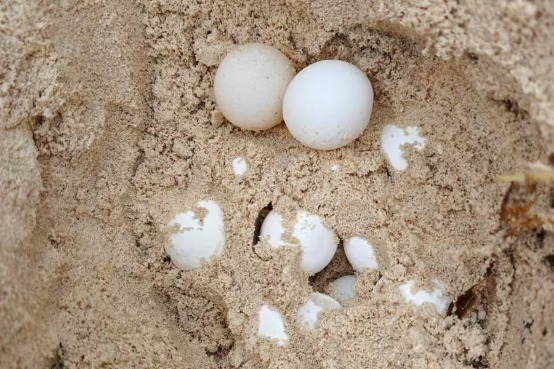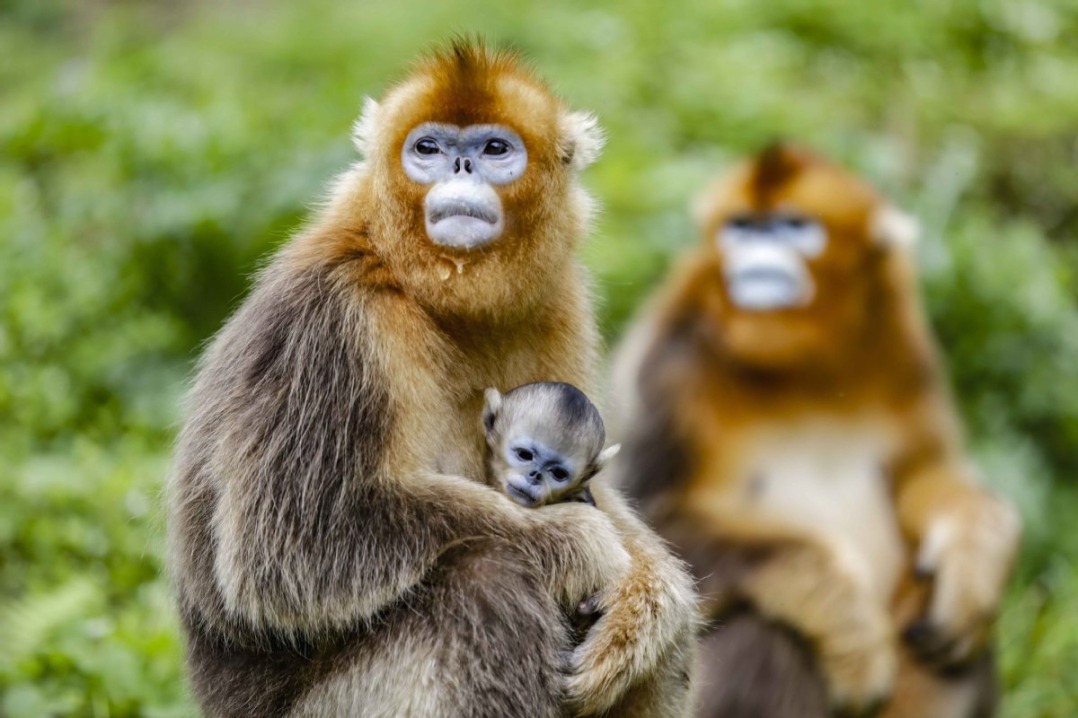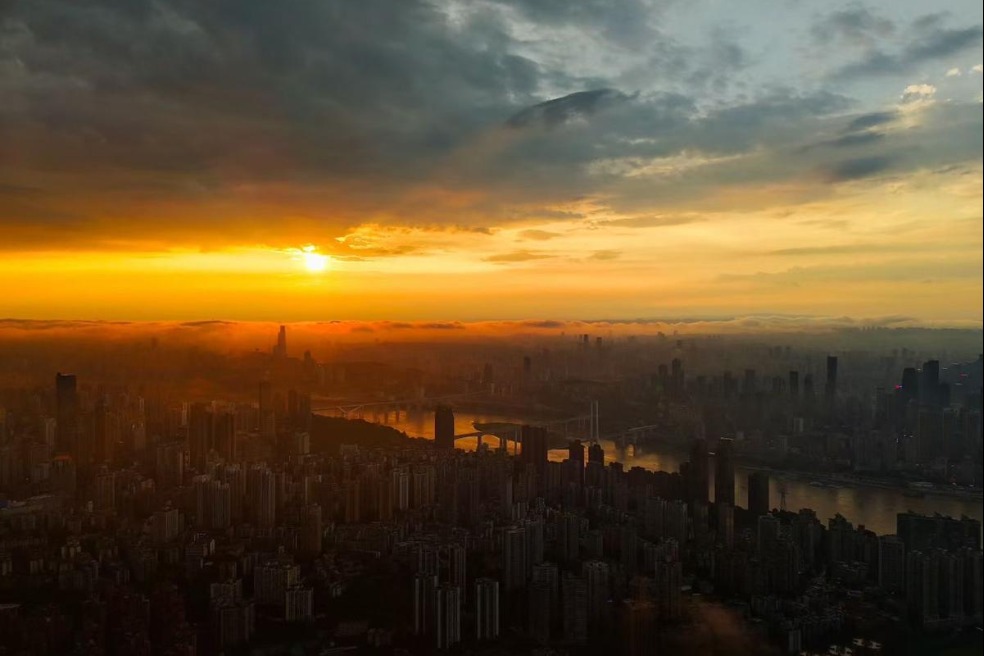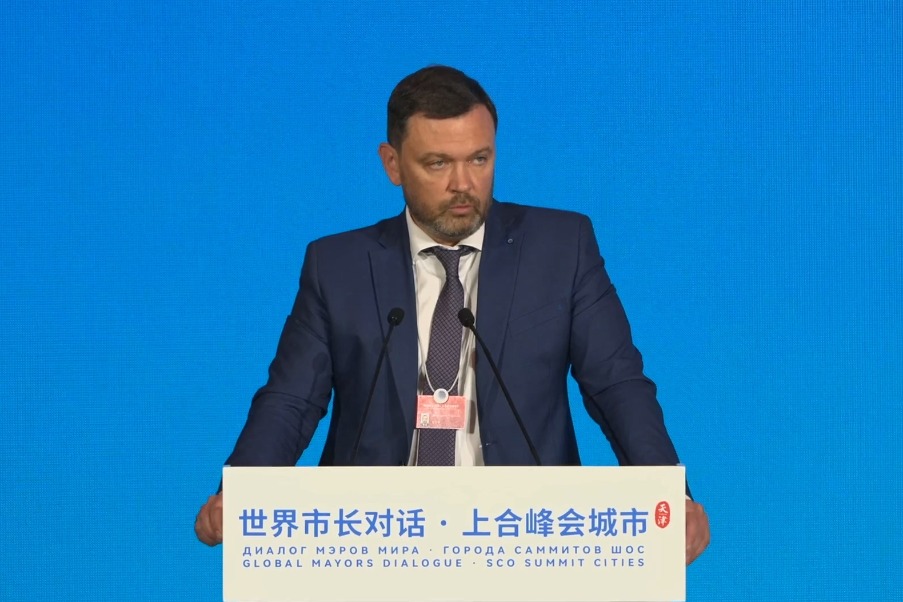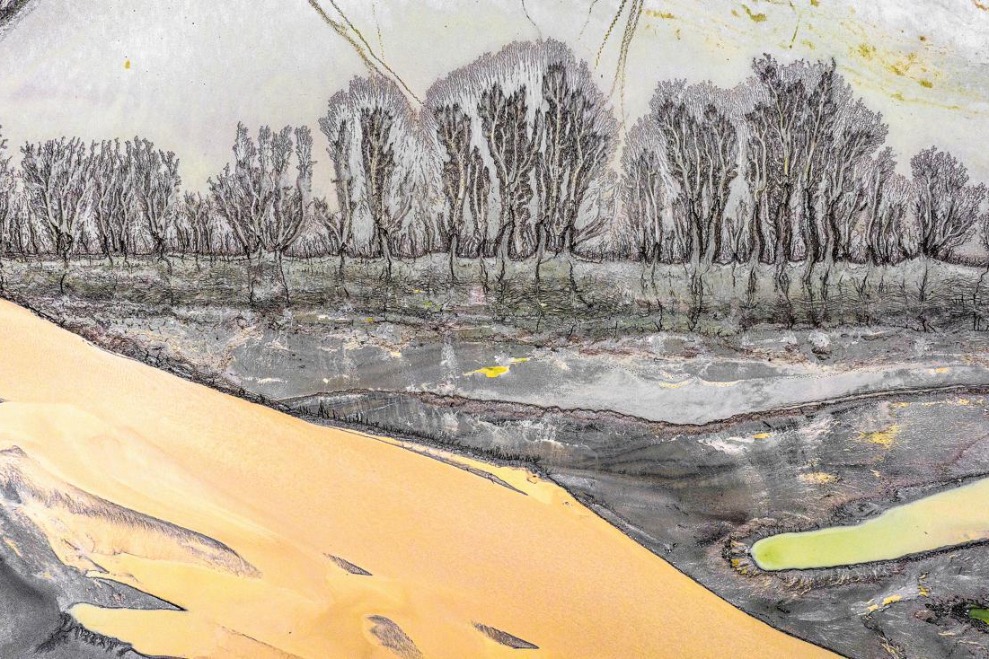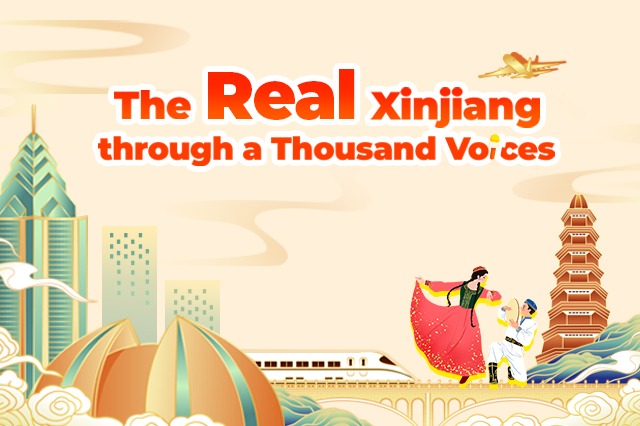Mainland scholar outlines 10 fallacies in Lai Ching-te's separatist narrative

BEIJING -- A Chinese mainland scholar has highlighted 10 fallacies in Taiwan leader Lai Ching-te's narrative of the island's so-called statehood.
In the first of Lai's "10 lectures on unity," which have been riddled with factual errors, historical distortions and misleading rhetoric, Lai attempted to dress up separatist activities with the false legitimacy of a distorted view of history, Ren Dongmei, a research fellow of the Institute of Taiwan Studies, Chinese Academy of Social Sciences, said in a signed article.
The article highlights 10 major fallacies in Lai's speech, and offers clarifications to set the record straight.
1. Where did Taiwan's prehistoric inhabitants come from?
Taiwan is a natural extension of the continental shelf of the Chinese mainland, and, tens of thousands of years ago, early humans from the mainland reached Taiwan via the now-submerged Dongshan land bridge. Archaeological evidence shows that prehistoric cultures on the island are closely linked to those along the southeastern coast of the mainland. Lai ignored these findings in an attempt to sever Taiwan's historical connection with the mainland -- an obvious distortion of history.
2. Where did the Austronesian language family originate?
International research shows that the ancestors of the Austronesian peoples sailed from the mainland's southeastern coast to Taiwan before spreading across the South Pacific islands. Recent genetic studies reveal that two sets of ancient human remains found at the mouth of the Minjiang River in Fujian and dating back 7,550 and 8,190 years share a maternal lineage with ethnic minority people in Taiwan today. "Taiwan independence" separatists -- including Lai -- manipulated the concept of the Austronesian language family to sever cultural ties with the mainland.
3. When did China begin exercising sovereignty over Taiwan?
Historical records show that Chinese people discovered and began developing Taiwan since early days. During the Three Kingdoms period (220-280), Sun Quan, king of the Wu State, once sent 10,000 people to Taiwan. In 1281, the Yuan Dynasty (1271-1368) established an administrative office on the Penghu Islands, which managed the affairs of Taiwan and Penghu, marking the start of formal administration by a central government. Every central government from the Song (960-1279) and Yuan dynasties onward administered Taiwan. Lai has deliberately ignored this long history.
4. Did Dutch colonization begin Taiwan's history?
Before the Dutch invaded Taiwan in 1624, the Han people and other ethnic groups had been living on the island for generations. Chinese business people were active in maritime trade between Taiwan and other parts of East Asia, and migrants from Fujian province had initiated the organized development of the island. The Dutch colonists faced resistance from local communities. Glorifying Dutch colonial rule, Lai has turned a history of invasion into a story of what he called "the beginning of Taiwan's history."
5. What is the historical truth of Zheng Chenggong's restoration and governance of Taiwan?
In 1662, Zheng Chenggong expelled the Dutch colonizers and recovered Taiwan, ending 38 years of Dutch colonial rule. Remaining loyal to the Ming Dynasty (1368-1644), which was replaced by the Qing (1644-1911), Zheng robustly asserted China's sovereignty over the island. He promoted large-scale development and accelerated the spread of Chinese culture in Taiwan. Lai has ignored Zheng's legacy and the profound ties between his rule and the mainland, and falsely claimed that Zheng had established a "kingdom" -- a baseless and historically inaccurate assertion.
6. Why does the Qing Dynasty's governance over Taiwan matter?
Over its more than 200 years under Qing Dynasty governance, Taiwan evolved from a peripheral outpost into one of China's most advanced provinces. Lai glosses over this history, ignoring the historical and cultural fact that Taiwan has always been under the jurisdiction of a central Chinese government. His selective distortion of history disregarded Qing-era development and modernization achievements in Taiwan.
7. What did the people of Taiwan's anti-aggression truly mean?
After Japan occupied Taiwan in 1895, the people of Taiwan engaged in relentless resistance. Over 50,000 of these people joined mainland resistance efforts during World War II, motivated by their mission to save the motherland to save Taiwan. Historical records prove that they fought for China and the Chinese nation, reclaiming their Chinese identity.
Lai has rebranded this as "guarding Taiwan's own nation," twisting patriotism into separatism, which was an insult to and a betrayal of the martyrs of Taiwan.
8. Is UN Resolution 2758 related to Taiwan?
In 1971, the United Nations explicitly rejected proposals for "Two Chinas" and "Taiwan self-determination" before adopting Resolution 2758. This signified that the UN, while recognizing that Taiwan is a part of China, returned the representation and seat of all of China -- including Taiwan -- to the government of the People's Republic of China (PRC). Lai's false claim that "the resolution doesn't involve Taiwan" distorted the facts and defied international law and order.
9. Why has the PRC always held sovereignty over Taiwan?
Binding documents like the 1943 Cairo Declaration and the 1945 Potsdam Proclamation mandated Taiwan's return to China. Japan surrendered under the terms of these documents, and Taiwan was officially restored to China on Oct 25, 1945. After the PRC was founded in 1949, it rightfully became the sole legal government of China. Lai's reference to the so-called Treaty of San Francisco, an illegal and invalid treaty that was reached without the participation of the PRC, trampled on the outcomes of WWII and on national sovereignty.
10. Why should Taiwan's 1945 restoration not be obliterated?
Taiwan's restoration, which was celebrated by local residents as the end of the island's colonial oppression, is an irrefutable confirmation that Taiwan is a part of China, and bonds people on the two sides of the Taiwan Strait as members of a community with common interests and a shared future. Lai's silence on this pivotal event is a betrayal of the historical fact and the Chinese nation.
In short, Lai's manipulation of history -- omitting, distorting and fabricating narratives to push secession -- exposes his secessionist fallacies, Ren said. "Such an error-ridden narrative that runs counter to history, reality and legal principles will be swept into the dustbin of history."
- At the gateway to China's resistance, memories of war echo 88 years on
- Mainland scholar outlines 10 fallacies in Lai's separatist narrative
- China's first ocean-level smart scientific research vessel delivered in Shanghai
- World's first somatic cell-cloned dzo born in Xizang
- Xi congratulates Simons on election as Surinamese president
- World's most powerful direct-drive floating wind turbine unveiled in China

















